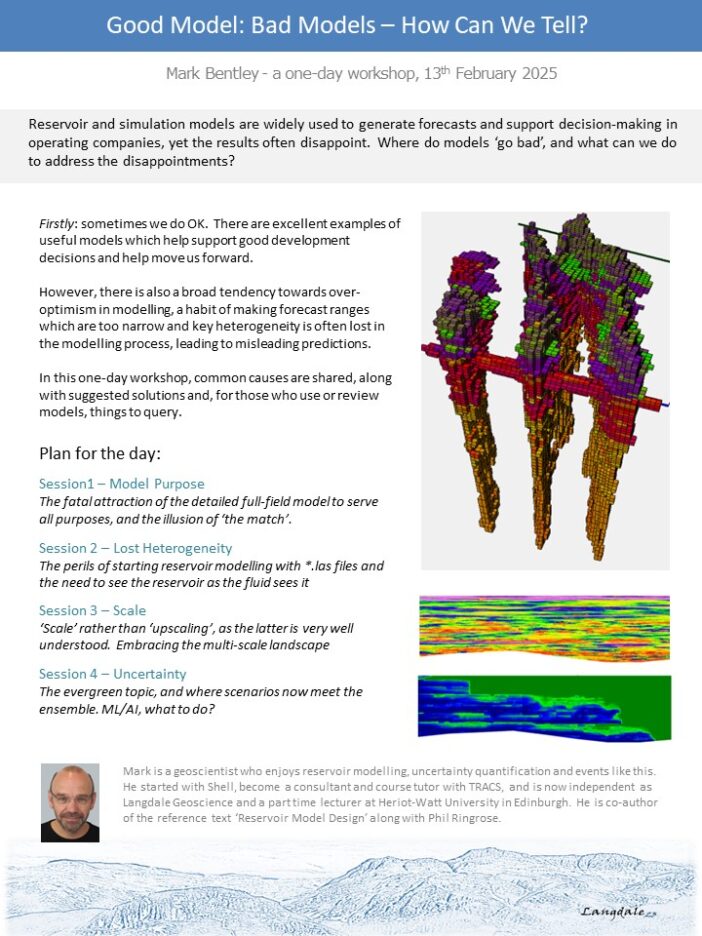
- This event has passed.
LIVE WEBINAR: Accounting for CO2: Using the SPE-SRMS for Classification of CO2 Storage Resources
Tuesday, 31 May, 2022 @ 11:00 am - 12:00 pm (Australia/Perth time)
Free – $10.00
Kindly supported by Rock Flow dynamics 
This live webinar will take place at:
11am – Perth
12.30pm – Darwin, Adelaide
1pm – Brisbane, Canberra, Hobart, Melbourne, Sydney
Use the calendar link on this page to add this event in to your own calendar at the correct local time for your location.
Tickets are free for members (please log in to see this) and $10 for non members.
Please buy your tickets and immediately follow the link in the ticket e-mail (not the calendar invite or this webpage, which is just generic and not event specific) to set up your registration with the webinar software well in advance of the time of the talk. Once registered with the webinar software you will receive a reminder e-mail 1 hour beforehand.
Accounting for CO2: Using the SPE-SRMS for Classification of CO2 Storage Resources
Presented by William Walton and David Stevens (Molyneux Advisors)
Abstract
According to the IEA’s 2019 report (Exploring Clean Energy Pathways – The Role of CO2 Storage), CO2 utilisation and storage will be an important part of the portfolio of technologies and measures needed to achieve climate and energy goals. The carbon capture and storage market was estimated to be valued at US $2.6 billion in 2020 increasing to an estimated value of US $5.3 billion by 2026.
In 2007, the Society of Petroleum Engineers (SPE) published the first edition of the Petroleum Resource Management System (PRMS) covering classification and reporting of Petroleum Resources. This has since become the global standard in that field. In 2017, the SPE published the CO2 Storage Resource Management System (SRMS) based upon the PRMS, recognising the need to create a consistent set of definitions and a classification system for these resources.
While the required skillsets to characterise the subsurface for CO2 storage are the same e.g. geology, petrophysics, reservoir engineering and production technology, the “product” itself generates revenue in a fundamentally different way. After an introduction on key aspects of the SRMS, this will be followed by a discussion on differences arising from injection and storage of CO2 compared to recovery and sale of methane.




